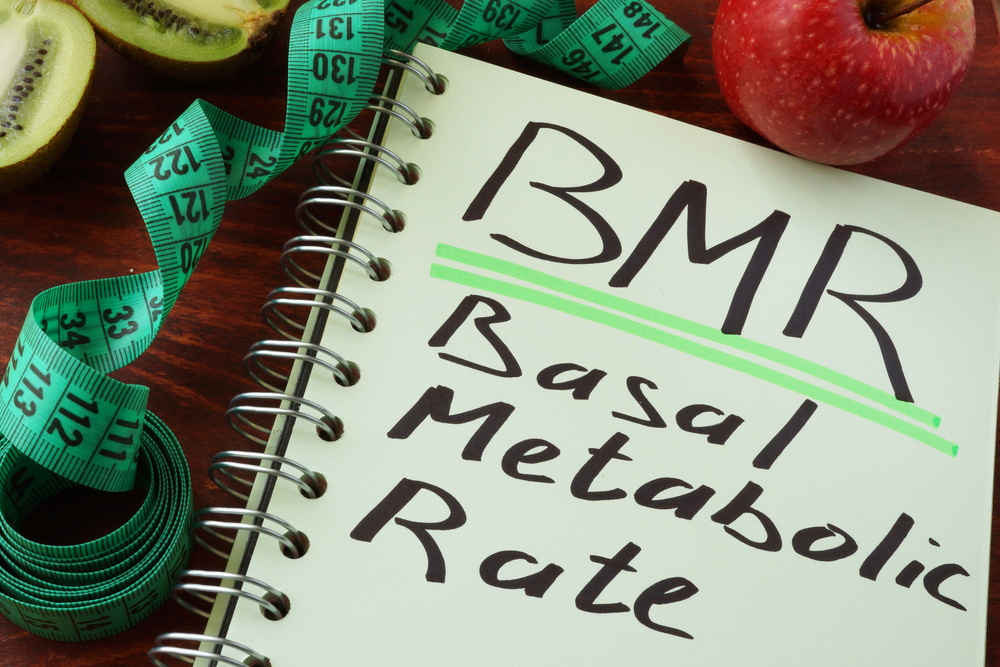What does Haematology report mean?
Haematology tests include tests on the blood, blood proteins and blood-producing organs.
These tests can evaluate a variety of blood conditions including infection, anemia, inflammation, haemophilia, blood-clotting disorders, leukemia and the body’s response to chemotherapy treatments. Common Haematology tests include:
Full Blood Count Testing
Full blood count or FBC testing is a routine test that evaluates three major components found in blood: white blood cells, red blood cells and platelets. There are many reasons for a full blood count test, but common reasons include infection, anemia and suspected blood cancer.
White Blood Cells (WBC) Testing
White blood cells are responsible for assisting the body’s defenses in fighting illnesses and disease. Knowing how many white cells are within the blood can prove invaluable for diagnosing and treating a range of conditions. Increased white blood cells are common in people fighting infection or suffering from anemia.
Red Blood Cells (RBC) Testing
The number of red blood cells in the body can increase through dehydration, stress and anxiety, or failure of the bone marrow, to name a few conditions. Decreased blood cells can be the result of receiving chemotherapy treatments, chronic inflammatory diseases, blood loss and some types of cancer.
Hemoglobin Testing
Without haemoglobin, oxygen would not be able to travel around the body. This oxygen-rich protein is essential to life, but it can increase or decrease due to a number of conditions. Dehydration, congestive heart failure and chronic lung disease can all cause an increase in haemoglobin levels, while blood loss, anemia, liver disease, etc can result in a decrease.
Hematocrit and Platelets
Haematocrit, or HCT as it is commonly known in medical circles, is the ratio of plasma to red blood cells. Plasma accounts for the fluid component in blood. HCT testing is usually carried out when hydration levels and anemia are suspected of causing problems. HCT levels can be affected in the same way as haemoglobin levels.
If anemia is suspected, it is common for doctors to carry out testing on red blood cells, haemoglobin and haematocrit at the same time.
Platelets are responsible for causing the blood to clot. Without them blood would continue to flow from a wound and would need immediate medical attention in order to stem the flow. Increased platelet levels can be the result of inflammatory conditions such as trauma, acute infection and a number of malignant cancers. Decreases in platelet levels can occur from anemia, certain conditions such as sickle cell anemia, alcohol toxicity and infection.
Mono Screening
Infectious mononucleosis, also known as mono, is caused by the Epstein Barr virus. It can be a serious condition and is highly contagious. Mononucleosis testing involves looking for the antibodies the immune system makes as it works to fight the infection.
Vitamin B12 Deficiency Testing
A lack of vitamin B12 can make the patient feel tired, run down and without energy. A simple blood test can detect whether vitamin B12 levels have decreased. This vitamin is essential for healthy blood cells and healthy nerves. If a deficiency is detected, this condition is easy to manage with supplements, changes to the diet and vitamin shots.
How does my Haematology report look like?
A normal Haematology report would look like the below (although the parameters may slightly vary according to the lab standards).
| Haematology Normal Adult Reference Ranges | Male | Female | Units |
| Haemoglobin (HB) | 130-180 | 115-165 | g/L |
| White Cell Count (WBC) | 4-11 | 4-11 | 10 |
| Platelet Count (PLT) | 150-450 | 150-450 | 10⁹/L |
| Red Blood Count (RBC) | 4.5-6.5 | 3.8-5.8 | 10¹²/L |
| Mean Cell Volume (MCV) | 80-100 | 80-100 | fl |
| Packed Cell Volume (PCV)/Haematocrit (HCT) | 0.40-0.52 | 0.37-0.47 | L/L |
| Mean Cell Haemoglobin (MCH) | 27-32 | 27-32 | pg/L |
| Mean Cell Haemoglobin Concentration (MCHC) | 320-360 | 320-360 | g/L |
| Neutrophil Count | 2.0-7.5 | 2.0-7.5 | 10⁹/L |
| Lymphocyte Count | 1.5-4.5 | 1.5-4.5 | 10⁹/L |
| Monocyte Count | 0.2-0.8 | 0.2-0.8 | 10⁹/L |
| Eosinophil Count | 0-0.4 | 0-0.4 | 10⁹/L |
| Basophil Count | 0-0.1 | 0-0.1 | 10⁹/L |
| Erythrocyte Sedimentation Rate (ESR) | 1-10 | 1-12 | mm/hr |
| Reticulocytes | 0.2-2.0 | 0.2-2.0 | % |
| PT | 10.0-13.0 | 10.0-13.0 | Secs |
| INR | 0.8-1.2 | 0.8-1.2 | Ratio |
| APTT | 23-30 | 23-30 | Secs |
| Fibrinogen | 1.5-4.5 | 1.5-4.5 | g/L |
| Antithrombin Activity | 80-120 | 80-120 | iu/dL |
| Protein S Free Antigen | 60-140 | 60-140 | iu/dL |
| Protein C Activity | 70-130 | 70-130 | iu/dL |
| Lupus Anticoagulant | <1.2 | <1.2 | Ratio |
| Activated Protein C Resistance (APCR) | >2.0 | >2.0 | Ratio |
| D-Dimers | 0.1-0.45 | 0.1-0.45 | mg/L FEU |
| FDPs | <10 | <10 | ug/mL |
| FDPs | <10 | <10 | ug/mL |
| Factor VIII | 50-150 | 50-150 | iu/dL |
| Factor IX | 50-150 | 50-150 | iu/dL |
What are the causes of an abnormal haematology report?
There can be several causes for an abnormal CBC level. There can be abnormalities in the count of RBC, WBC, platelet cells and hemoglobins. There are several conditions and causes that give rise to such abnormal counts in a CBC test and some of them include some blood disorders and some genetic diseases as well. Cancer, chronic liver diseases, chronic kidney disorders, viral infections, deficiency of certain nutrients, etc. can lead to a lower RBC count in our blood. This is often referred to as anaemia, and there are several types of anaemia.
A low WBC count is called leukopenia and it can be caused by several bacteria and viruses that directly attack the immune system of the body. Increased breakdowns of RBC and WBC may also be the cause of abnormal CBC results sometimes. There are several autoimmune disorders out there as well that cause CBC levels to change often.
Risks associated with an abnormal Haematology count
Low count of RBC and hemoglobin often results in anaemia and there are several types of it. Low hemoglobin count can prove fatal as it is the main source of iron in our blood, and less hemoglobin count due to any possible reason means iron deficiency in the body. A low platelet count can also result in excessive non stop bleeding and severe blood loss which can prove lethal as well. Platelets are responsible for stopping the bleeding by forming a blood clot, and lack of platelet cells may result in very slow formation of the blood clot or it may even not form at all, which can lead to severe bleeding.
How can we maintain a healthy haematology count?
We can keep our blood healthy and our CBC levels to normal by eating a diet that’s rich in iron and certain vitamins, for example green leafy vegetables with fibrous edibles would be an ideal diet for an anaemic person.






